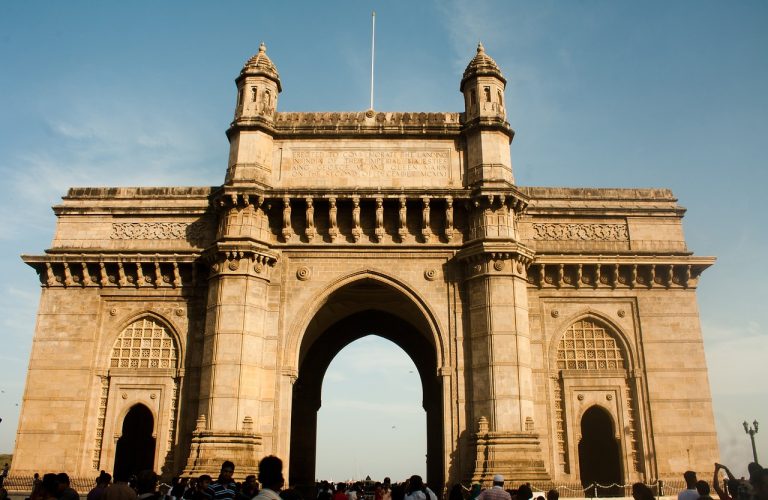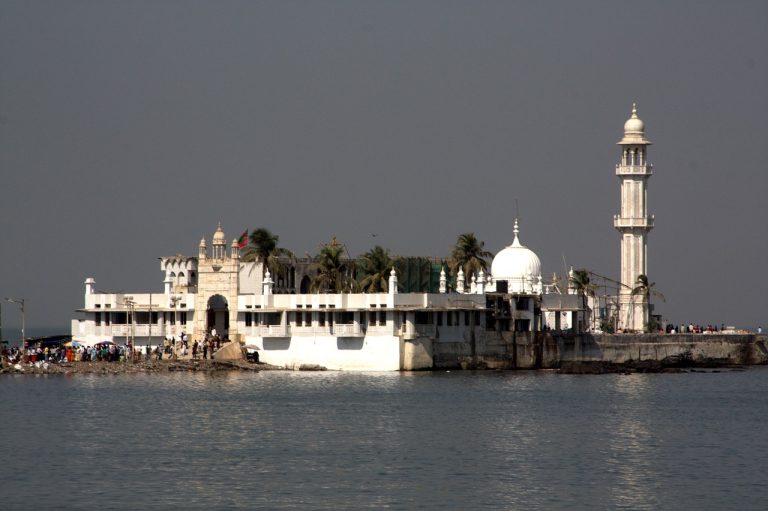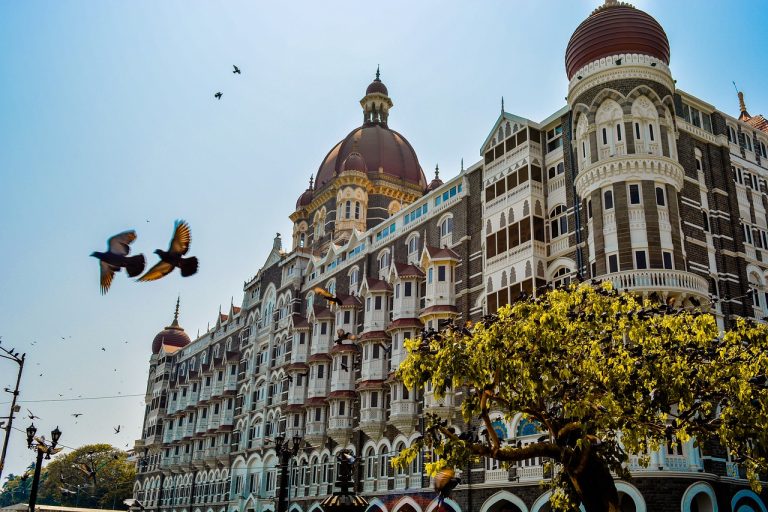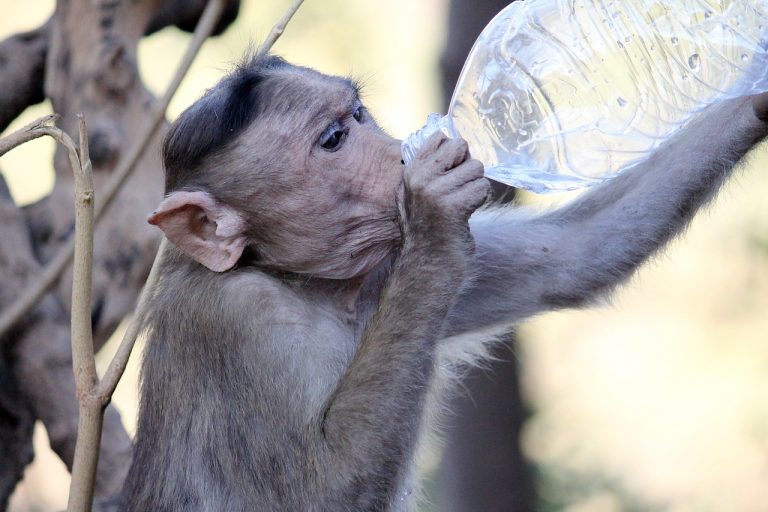Mumbai India Video
Mumbai India
Mumbai, formerly known as Bombay, is the largest city in India and the capital of the state of Maharashtra. It is a vibrant metropolis with a rich cultural heritage that has evolved over centuries. From its early history as a fishing village to its current status as a major economic and entertainment hub, Mumbai has witnessed significant cultural changes. This article explores the cultural evolution of Mumbai, highlighting key aspects that have shaped its identity.
The Arrival of the Kolis
The Kolis, an indigenous fishing community, were the original inhabitants of the seven islands that now form the heart of Mumbai. They established their settlements along the coastline and relied on fishing for their livelihood. The Kolis played a crucial role in shaping the cultural fabric of Mumbai, with their traditions, festivals, and cuisine still influencing the city’s identity today.
- Festivals: The Kolis celebrate various festivals throughout the year, including the Koli Dance Festival and the Banganga Festival. These events showcase their vibrant music, dance, and cultural practices.
- Cuisine: The Kolis are known for their expertise in seafood cuisine. Mumbai’s culinary scene is incomplete without the famous Koliwada-style fish preparations, such as Bombil Fry and Prawn Koliwada.
- Occupations: Fishing remains an essential occupation for many Kolis in Mumbai. The Sassoon Dock Fish Market is a bustling hub where fresh catch is traded daily.
British Colonial Influence
The British colonial era had a significant impact on Mumbai’s cultural landscape. The city served as the headquarters of the British East India Company and later as the capital of the Bombay Presidency. The British introduced Western education, architecture, and social reforms that transformed Mumbai into a cosmopolitan city.
- Architecture: The British left an architectural legacy in Mumbai, with iconic structures like the Chhatrapati Shivaji Terminus (formerly Victoria Terminus) and the Gateway of India. These landmarks showcase a blend of Victorian, Gothic, and Indo-Saracenic architectural styles.
- Education: The establishment of prestigious educational institutions like the University of Mumbai and the Bombay High Court during the colonial period laid the foundation for Mumbai’s reputation as an intellectual center.
- Social Reforms: Mumbai became a hotspot for social reform movements, with prominent figures like Dr. Bhimrao Ambedkar leading campaigns for Dalit rights and gender equality.
Mumbai India Image 1: 
The Bollywood Phenomenon
Mumbai, often referred to as the “City of Dreams,” is the epicenter of the Indian film industry, popularly known as Bollywood. Bollywood movies, known for their vibrant song and dance sequences, have played a crucial role in shaping Mumbai’s cultural identity and attracting talent from all over India.
- Film Industry: Bollywood produces the largest number of films globally and has a massive fan following. The industry has given rise to legendary actors, actresses, and filmmakers who have become cultural icons.
- Musical Extravaganza: Mumbai’s film industry is known for its elaborate song and dance sequences. These musical extravaganzas have become an integral part of Indian cinema and are celebrated through various dance forms like Bollywood dance.
- Movie Tourism: Bollywood has inspired a unique form of tourism in Mumbai, with visitors taking guided tours to film studios, sets, and iconic filming locations.
Mumbai India Image 2: 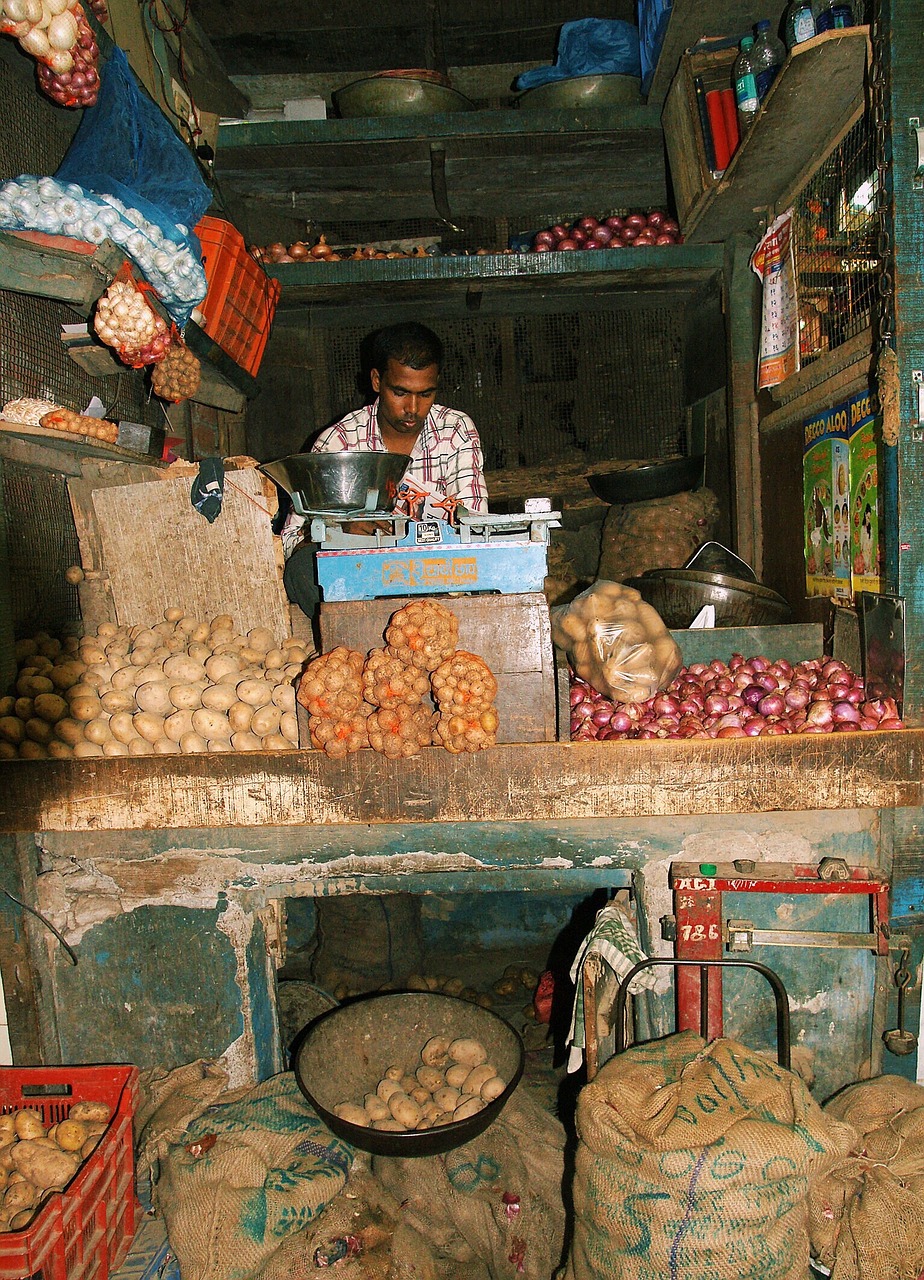
The Spirit of Dabbawalas
Mumbai is renowned for its efficient and unique lunchbox delivery system known as the Dabbawalas. This network of lunchbox carriers ensures that thousands of office-goers receive their homemade meals promptly, showcasing Mumbai’s strong work ethic and community spirit.
- Precision and Accuracy: The Dabbawalas have an impeccable delivery system, with an error rate of less than one in a million. Each lunchbox is coded and delivered to the correct recipient through a complex network of dabbawalas.
- Community Bond: The Dabbawalas operate as a close-knit community, with shared responsibilities and a sense of pride in their work. They have become an emblem of Mumbai’s strong community spirit.
- Recognition: The Dabbawalas’ efficient delivery system has garnered international recognition, with Harvard Business School studying their logistics model and Prince Charles presenting them with the Prince of Wales Business Leaders Award.
The Vibrant Street Food Culture
Mumbai is a food lover’s paradise, famous for its diverse street food culture. From savory snacks to sweet treats, the city offers a wide array of culinary delights that reflect its multiculturalism and fusion of flavors.
- Vada Pav: Known as the “poor man’s burger,” Vada Pav is a quintessential Mumbai street food. It consists of a spicy potato fritter served in a bun with chutney.
- Pav Bhaji: This popular street food dish features a spicy vegetable curry (bhaji) served with buttered pav (bread rolls).
- Bhel Puri: A delightful combination of puffed rice, sev (crunchy noodles), chutneys, and vegetables, Bhel Puri is a refreshing and tangy street snack.
Mumbai India Image 3: 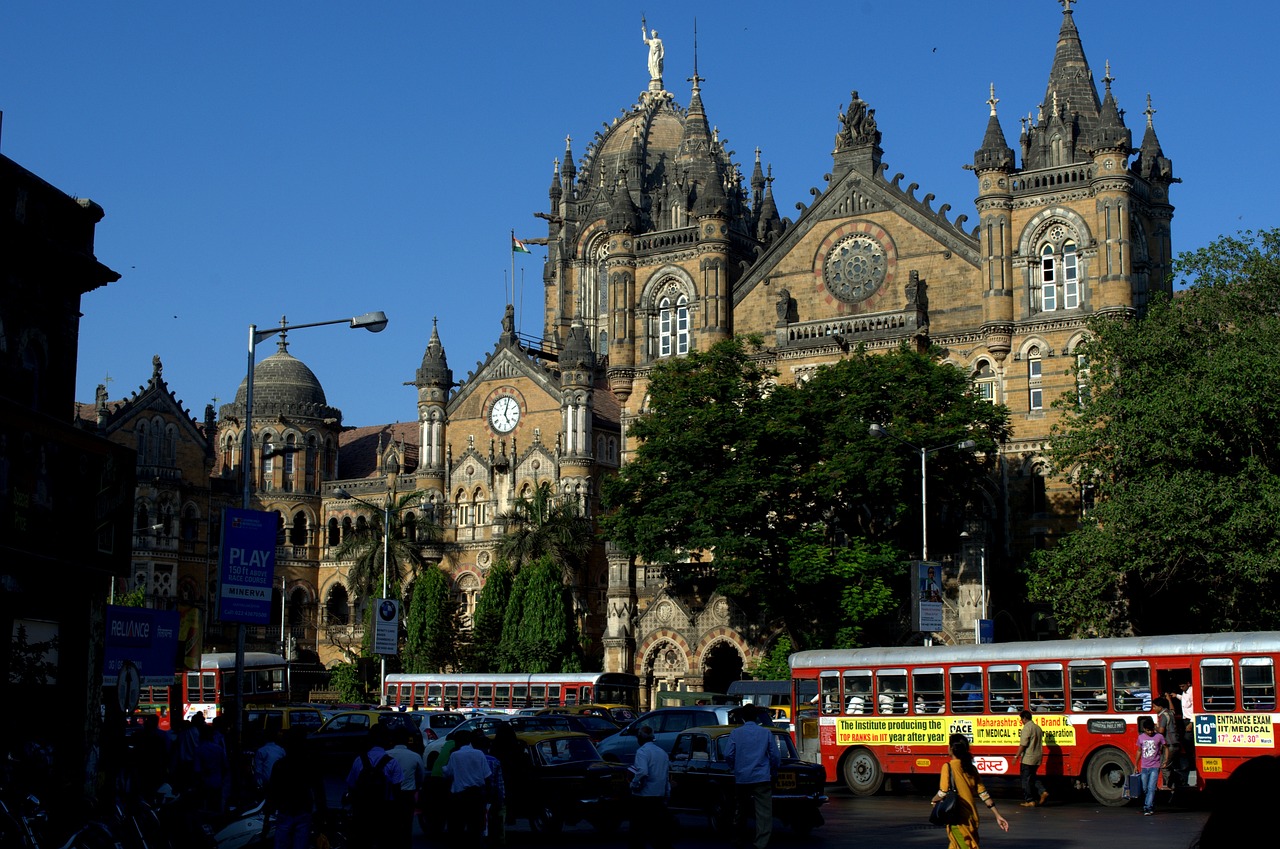
The Art and Cultural Scene
Mumbai is a thriving hub for art, literature, and performing arts. The city hosts numerous art galleries, theaters, and cultural events that showcase the talents of local and international artists.
- Kala Ghoda Art Precinct: The Kala Ghoda area in Mumbai is home to several art galleries, museums, and cultural spaces. The annual Kala Ghoda Arts Festival attracts artists, performers, and art enthusiasts from around the world.
- Theater: Mumbai has a vibrant theater scene, with renowned theaters like Prithvi Theatre and NCPA (National Centre for the Performing Arts) hosting a variety of plays, musicals, and performances.
- Literary Festivals: The city organizes literary festivals like the Tata Literature Live! and the Mumbai International Film Festival, bringing together acclaimed authors, poets, and intellectuals.
Religious Diversity
Mumbai is a melting pot of different religions and boasts a rich heritage of religious diversity. Places of worship representing various faiths can be found throughout the city, symbolizing Mumbai’s inclusive and pluralistic culture.
- Siddhivinayak Temple: The Siddhivinayak Temple is a famous Hindu temple dedicated to Lord Ganesha. It attracts a large number of devotees and is considered a significant religious landmark.
- Haji Ali Dargah: The Haji Ali Dargah is a revered Islamic shrine located on an islet in the Arabian Sea. It is visited by people of all faiths, offering a glimpse into Mumbai’s religious harmony.
- Mount Mary Church: The Basilica of Our Lady of the Mount, commonly known as Mount Mary Church, is a Catholic church known for its annual Bandra Fair. It is a symbol of Mumbai’s Christian community.
The Rise of Modern Infrastructure
Mumbai has witnessed significant development in terms of modern infrastructure, transforming the city’s skyline and enhancing its connectivity.
- Metro Rail: The Mumbai Metro Rail system has revolutionized public transportation in the city, providing a convenient and efficient mode of travel.
- Bandra-Worli Sea Link: The Bandra-Worli Sea Link is an architectural marvel that connects the western suburbs of Mumbai with South Mumbai. It has become an iconic symbol of the city.
- International Airport: Chhatrapati Shivaji Maharaj International Airport is one of the busiest airports in India, connecting Mumbai to various domestic and international destinations.
Conclusion
Mumbai’s cultural evolution is a fascinating journey that has been shaped by its indigenous communities, colonial influences, Bollywood, street food, art, and religious diversity. The city’s vibrant spirit, work ethic, and inclusive nature have made it a thriving metropolis with a unique identity. Mumbai continues to evolve, embracing modernity while cherishing its rich cultural heritage.
References
- britannica.com
- india.gov.in
- timeout.com
- bbc.com
- nytimes.com


